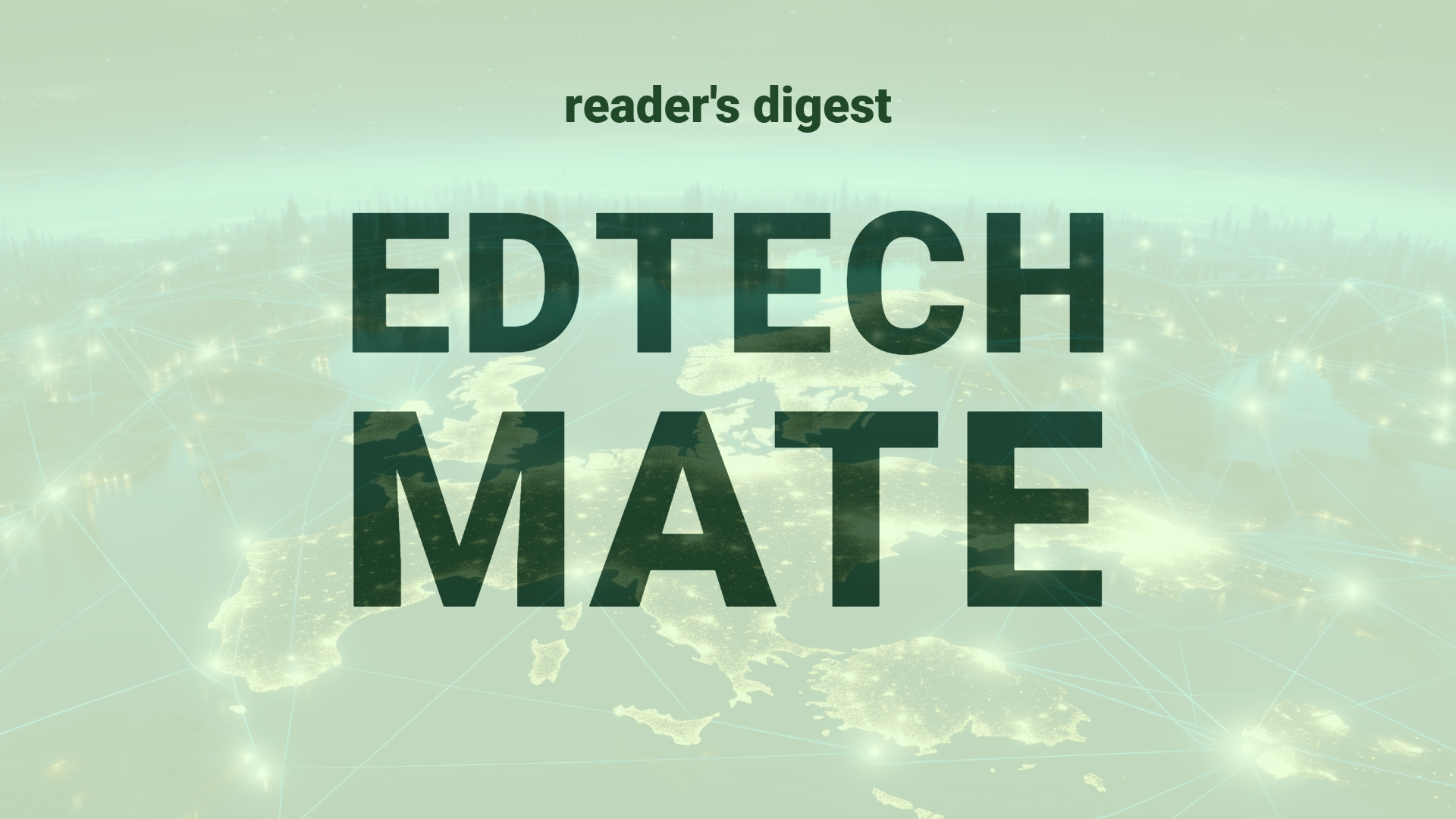Executive Summary and Main Points
The first quarter of 2023 has witnessed a substantial 43.3% year-over-year (YoY) growth in the global wireless local area network (WLAN) market for the enterprise segment, attributable to the adoption of new Wi-Fi standards like Wi-Fi 6 and Wi-Fi 6E. In the frontier of elevating wireless experiences, Huawei leads innovation with the inaugural all-scenario Wi-Fi 7 network, promising enhanced performance and user concurrency. Additionally, advancements in the integration of WLAN systems and Internet of Things (IoT) technologies signify meaningful upgrades, such as near-link technology and edge computing for IoT, which aim to intensify connection densities and data transmission rates significantly. Huawei is also pioneering in the area of intelligent application identification and VIP experience assurance, endeavoring to ensure optimised network use for critical applications and users. To streamline operations and management (O&M), they have launched a campus digital map enabling swift fault detection and proactive troubleshooting. Lastly, sustainable campus initiatives exhibit a shift towards energy-efficient networking, with solutions to curtail power consumption during off-peak hours.
Potential Impact in the Education Sector
Deployments of Wi-Fi 7 and IoT at campuses could revolutionize Further Education and Higher Education, enabling ultra-high definition educational resources accessible for larger student groups without sacrificing quality. The streamlined network experiences and IoT applications are likely to assist educational institutions in developing strategic partnerships with technology providers, enhancing their digital infrastructure. The emphasis on sustainable campus models through intelligent energy-saving policies aligns well with global sustainability goals, potentially influencing policy and procurement decisions across universities. For Micro-credentials, the upgraded bandwidth and application identification technologies can support more robust e-learning platforms, ensuring seamless access to micro-learning contents and certification programs.
Potential Applicability in the Education Sector
AI and digital tools are set to offer transformative applications within the global education framework. For instance, AI-driven campus digital maps could aid universities in predicting network disruptions and optimizing maintenance tasks, thus enhancing the digital learning environment for students and staff. The incorporation of IoT into WLAN can open a spectrum of possibilities, from remote monitoring of classroom environments to secured access of lab equipment, potentially enriching hands-on learning experiences. The VIP experience assurance solution could be especially applicable in prioritizing network access for time-critical research activities or ensuring quality of service during virtual classrooms and examinations.
Criticism and Potential Shortfalls
While technological advancements show promise, they are not without potential drawbacks. The real-world integration of sophisticated WLAN and IoT systems can vary greatly, with stark disparities observed between well-funded institutions and those with limited resources, leading to uneven educational experiences across different regions. The reliance on a single provider such as Huawei may raise concerns about vendor lock-in and potential impacts on local competition. The proliferation of AI and IoT also ushers in concerns surrounding data privacy, security, and ethical use, particularly when sensitive student data is involved. Moreover, cultural implications regarding the digital divide and resistance to technological changes must be considered, as these factors can significantly affect the successful adoption and sustained use of these systems in diverse educational contexts.
Actionable Recommendations
International education leaders should consider conducting thorough cost-benefit analyses and exploring collaborations with diverse technology partners to avoid vendor lock-in and ensure the best value for investments. A phased approach to implementation, starting with pilot programs, can help in assessing technology fit and readiness within existing ecosystems. Importantly, considerations for training and upskilling of staff alongside student digital literacy programs can aid in smoother transitions to new technologies. Further, it is crucial to establish robust cybersecurity measures and ethical guidelines to safeguard user data and promote trust in these new systems. Finally, engaging in continuous dialogue with all stakeholders, including students, faculty, and industry partners, will help mitigate cultural resistance and foster an environment conducive to embracing digital transformation.
Source article: https://www.cio.com/article/2071555/high-quality-10-gbps-cloudcampus-the-next-evolution-of-campus-networks.html

